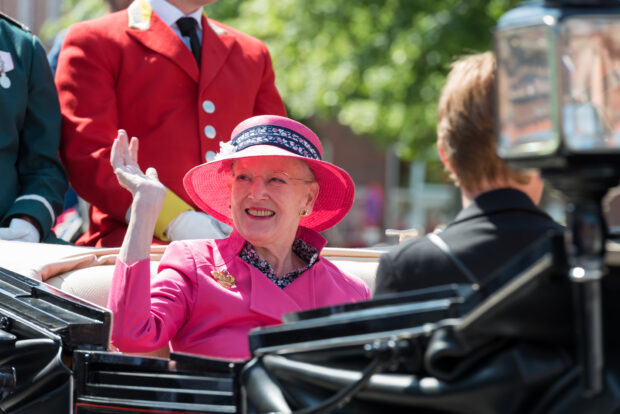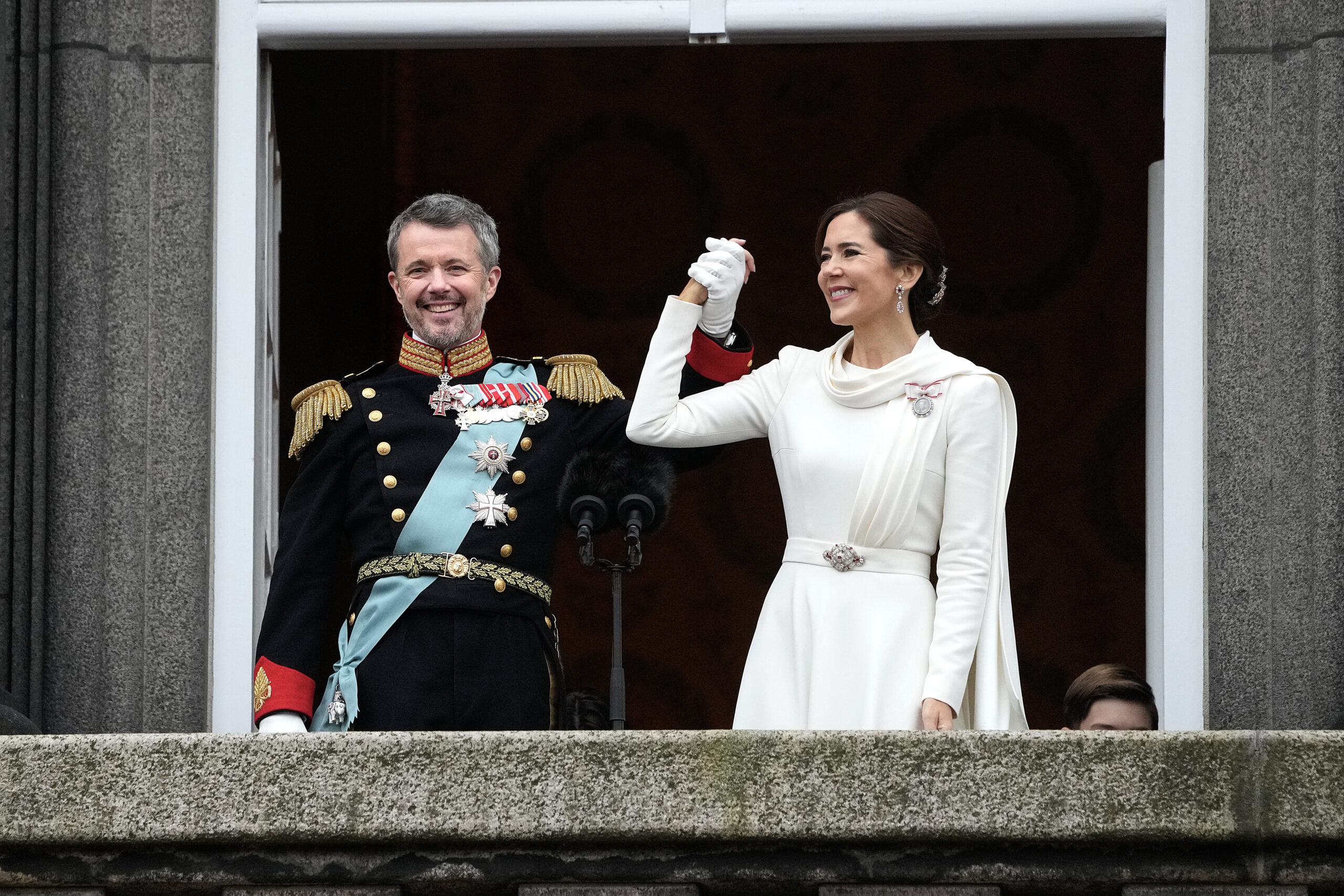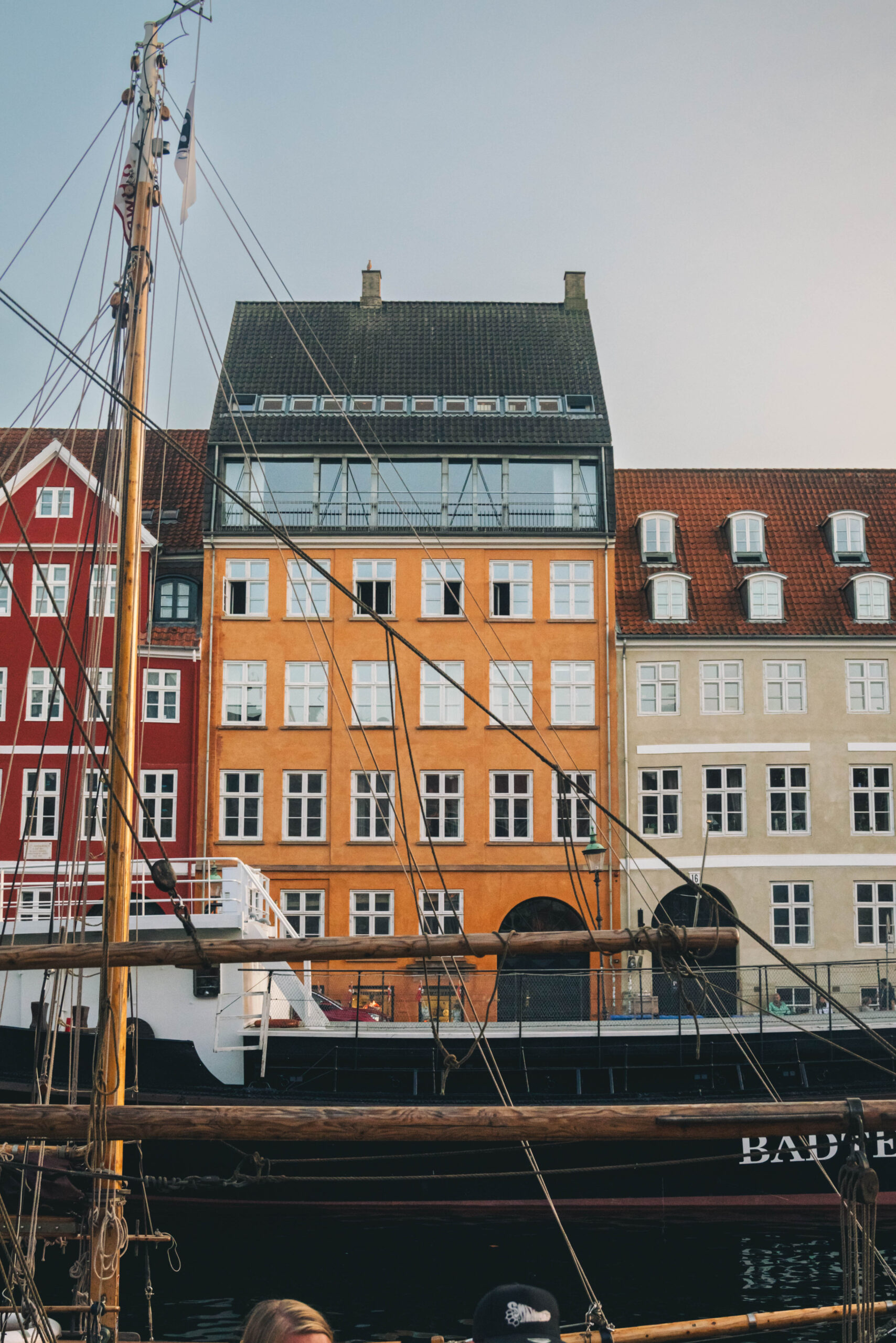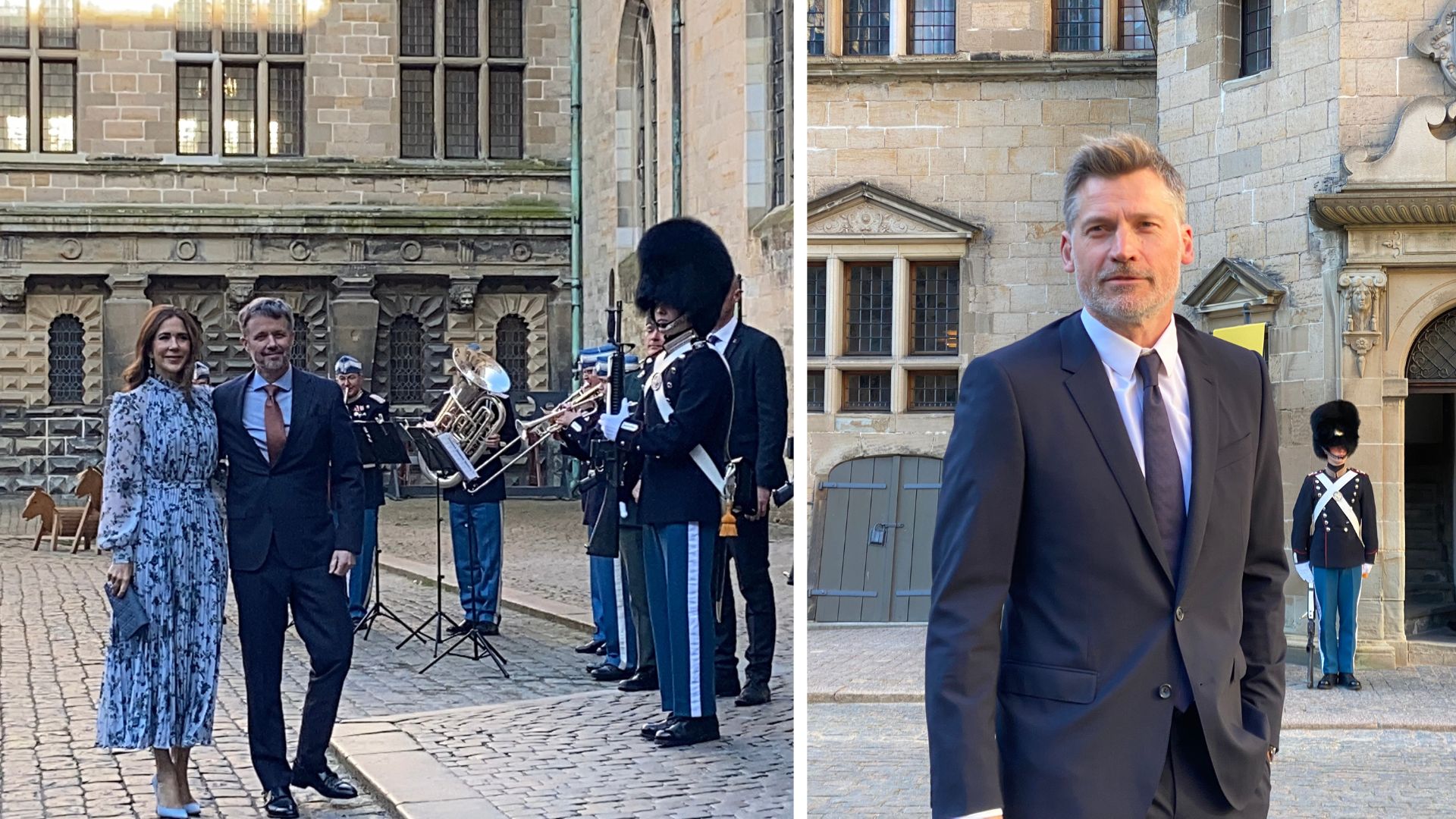When Frederik X stepped onto the balcony of Christiansborg Palace on 14 January to be proclaimed King of Denmark, massive crowds were waiting to applaud and rejoice.
Tens of thousands gathered in Copenhagen. This moment not only signifies a historic event but also underlines the enduring popularity of the Danish Royals, showcasing the unwavering support of the Danes.
While monarchy may evoke notions of old-fashioned beliefs, the system endures across various world regions.
Particularly in Europe, it functions within a democratic and constitutional framework in which it is restrained from its original power and reduced to mostly a ceremonial role.
However, the monarchy remains the head of the state, retaining a huge influence and widespread support.
From the United Kingdom, the most well-known royal family, to Spain, the most beleaguered one, twelve monarchies remain in Europe, including the Scandinavian royals, Sweden, Norway, and Denmark.
One of the most popular in Europe
The accession of Frederick X in January drew attention to the crowns, their roles, privileges, and the public money spent on their members once again.
One aspect stands out from Copenhagen: the royal family is considered one of the most popular in Europe.
In January, before ascending to the throne, Frederik had 86% approval among the Danes, according to a poll conducted by the Epinion agency for DR.
His mother, the former Queen Margrethe II, and his wife Mary, the Australian-born Queen, had 89%.
Not for nothing, Frederik mentioned his wife in his accession speech and in his subsequent letter to Parliament.
Margrethe II and the working women
The Danish crown has been immensely popular for several decades.
Nonetheless, this was not always the case.
The situation was completely different when Margrethe II took the throne in 1972. By that time, a study conducted by the agency Gallup revealed that 42% of Danes supported the monarchy, while 40% answered that the country should move towards a republic.
Throughout her tenure, Margrethe II, who served on the throne for 52 years, managed in some way to change people’s views.
In 2018, 76.7% supported the monarchy, while the number of those who sought a republic had dropped to 14.6%. Also, the doubters decreased to almost half: 8.7%. Royalty has boasted high approval ratings.
How did the Queen achieve a change of perspective?
Jørgen Albæk Jensen, Professor Emeritus of Law at Aarhus University, pointed out historical circumstances that matter.
Margrethe was the first woman to ascend the throne after the 1953 referendum that changed the Act of Succession, which allowed women to inherit the throne in case they had no brothers.
Frederik IX and Queen Ingrid had three daughters and no sons.
In a world with entrenched patriarchal norms, if this law had not been changed, the king’s younger brother would have been the heir.
“It was a popular case to have a woman on the throne, which was quite unexpected at that time because it was still a very male-dominated society,” says Jensen, who specialises in the law of succession to the throne.
“But the transition was easily carried through by a referendum,” he adds.
Margrethe II became Queen in a context where women entered the labor market massively.
Good speaker
Following this starting point, there are other factors to take into account.
Queen Margrethe II was good at giving speeches that went beyond mere statements, particularly regarding topics such as the elderly, urbanism, and technological limits.
Like her father, she understood her figure as a non-political one and sought to keep traditions while embracing modernity.

The public opinion on the royal role has shifted during the tenure of Margrethe II. Photo: Creative Commons licenses
Anne Ingeborg Frank Sørensen, an expert on the queen’s evolving role and Senior Advisor at Aarhus University’s Department of Culture and Society, highlights that the former Queen was smart about using the media during the rise of television’s influence.
“She took the chance to do something more and give this New Year’s speech every year,” says Sørensen and adds:
“That was not something very central before her father. Now it has become something everybody sees on New Year’s Eve. And it’s something everybody talks about”.
The Person, Personally Matters
In 1974, Margrethe sat down for an interview with the BBC that aired a documentary on her life.
She shared her thoughts there and responded to some criticisms of her role. In her opinion, royalty “gives a body” to the idea of a country.
“I feel the monarchy, my place should somehow be the rallying point for everybody, something we all run in together,” she said.
When asked about the relevance of the monarchy at that time, in the 1970s, she preferred to turn the question around.
“As long as I do my job as well as I can, and as long as the best I can do is good enough, then it is relevant.”
And she added: “It is not only the person personally, but it is also the person personally which is important”.
A sense of national unity
In the 21st century, the same doubts around monarchy persist.
Niels Wium Olsen, a historian at Aarhus University, argues that royalty’s main objective is to make a “sense of nation” and to express national unity.
“It’s very much vested in tradition. It gives many people some kind of comfort that there is a state leader manifested in tradition and a hereditary succession that symbolises the Danish nation as a whole,” Olsen says.
The Danish royals received almost 90 million DKK (around £14m) in 2022, around eight times less than the British monarchy, which had a budget of £ 86.3 million the same year, according to Reuters.
This funding covers expenses such as palace maintenance, staff costs, and stipends.
Still, beyond the context, the monarchy is relevant and popular in Europe. Why?
Attached to famous people
Frank Farley, a professor and psychologist at Temple University and a former American Psychological Association president, makes a connection between royals and media figures.
In an interview with Time, he says that people learn about celebrities’ lives through media. News exposure plays a huge role since it creates a “feedback loop”, which makes people take notice of them.
Moreover, Farley introduced the concept of “parasocial behaviour”, which explains why someone becomes attached to a person with whom they have no direct interaction.
In this case, royalty is related to things that we have been taught by fairy tales since childhood with dreams of wealth, fame, happiness, style, and social influence.
In this sense, royals awaken the attraction to heroism.
“That stays with us, to some extent, throughout our lives. Royals and other people, like Hollywood figures and Kardashian types, keep that phenomenon alive,” he added.
High standard of living
The level of democracy and the economic situation are also other aspects that are necessary to consider in the European monarchies.
Scandinavian countries, like other Western republic democracies, have a high standard of living, which matches with social support.
However, being a royal member does not guarantee immediate social support.
Jørgen Albæk Jensen thinks that popularity “depends on the person who is the monarch at any given time”.
Queen Margrethe’s grandfather, Christian X, engaged in politics, even attempting to appoint a cabinet, which led to demonstrations and ruined his reputation.
Later, subsequent monarchs, King Frederik IX and Queen Margrethe II, embraced their apolitical roles.
Modernisation and Challenges
In 2022, Queen Margrethe decided to strip the royal titles of the four children of her youngest son, Prince Joachim, aiming to downsize the crown and minimize expenses.
While this action caused shock inside the royal family, it garnered social approval. Interestingly, Swedish and Norwegian royals have made similar moves in recent years.
Sørensen considers the action “clever” to downsize the elite’s significance.
“I think that has had an effect. If you see this, it’s more or less a Scandinavian approach to being royal, in which you reduce the number of people getting money from the state. So it’s kind of making it smaller, more effective, and cheaper for taxpayers,” she says.
Albæk Jensen considers the move as another way “to modernise” the royal system.
He believes that to sustain support, a monarchy should limit the number of princes and princesses relying on state funding.
King Frederik and Queen Mary have four children, the same tally as Prince Joachim with two different wives.
“The royal family live in more luxurious ways than most people do. So if you want to keep the popularity of the royal system, you have to consider the aspect of the public funding, that is to say, it should be considered thinking in the general public,” he adds.
Transparent about gifts
With high approval ratings, King Frederik X and Queen Mary have already taken a similar measure.
They announced that they are going to publicize the list of all gifts received as part of their accession to the throne, such as clothes, cars, and expensive jewellery, given by firms, people, and companies, which represents a step towards more transparency.
The royal couple has cultivated a distinctive approach to engaging with the public over the years.
Frederik is an avid runner, having completed marathons and even inaugurated “Royal Run” in 2018, a public running event that takes place in Denmark’s five largest cities.
Also, he has participated in the Tour de Storebælt, a cycle race near Copenhagen. Both Frederik and Mary have pursued their agendas, with Frederik emphasizing environmental conservation and Mary advocating for women and LGBT rights.
Notably, they represent the new generation of royal families, who are not related to other Scandinavian crowns as it was previously arranged.
“They try to meet the population’s way of life. Frederik and Mary are closer to the people than Margrethe II because she was more educated as an elite. And I think they have been educated to be a bit closer to the population,” says Sorensen.
Avoid scandals
However, to remain popular royals should maintain a certain level of decorum, she adds, thus avoiding scandals, an issue that has affected royal families at some point in history.
Adaptation to contemporary norms, preservation of traditions, and considering the public interest, economy, and distance from politics are among the reasons that explain the popularity of the Danish monarchy and what makes it difficult for those who call for a republic.
However, it is not a static scenario.
“Monarchy will survive as long as the person in charge of the monarchy behaves reasonably. The country could very easily shift to a republic if some kind of fool came to be king,” reflects Albæk Jensen.












